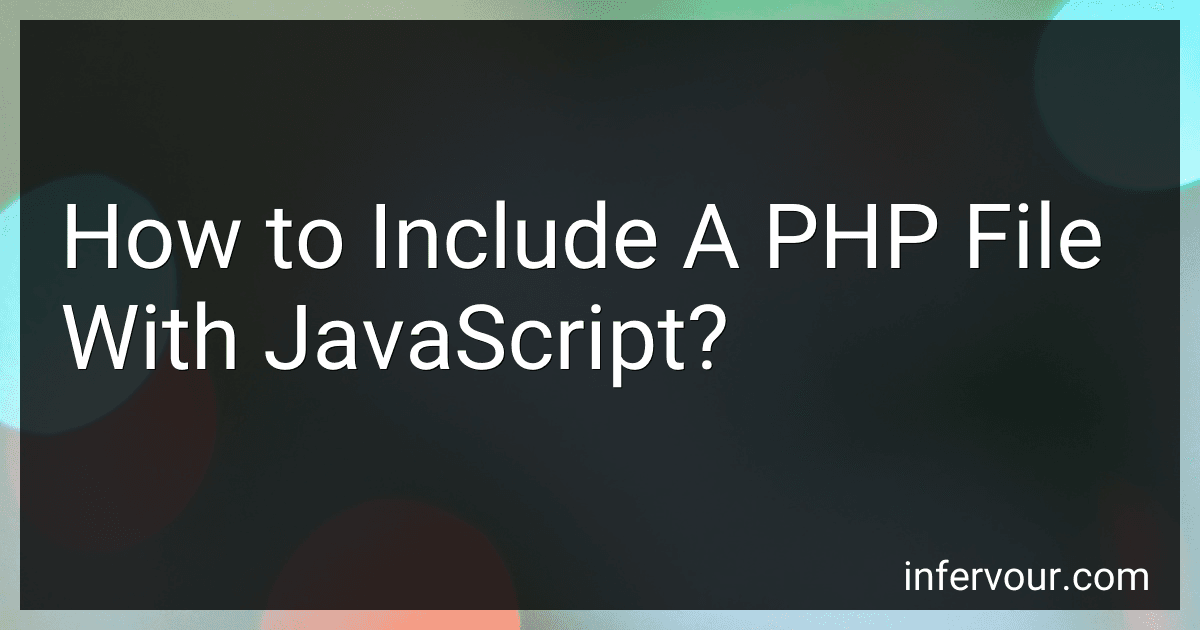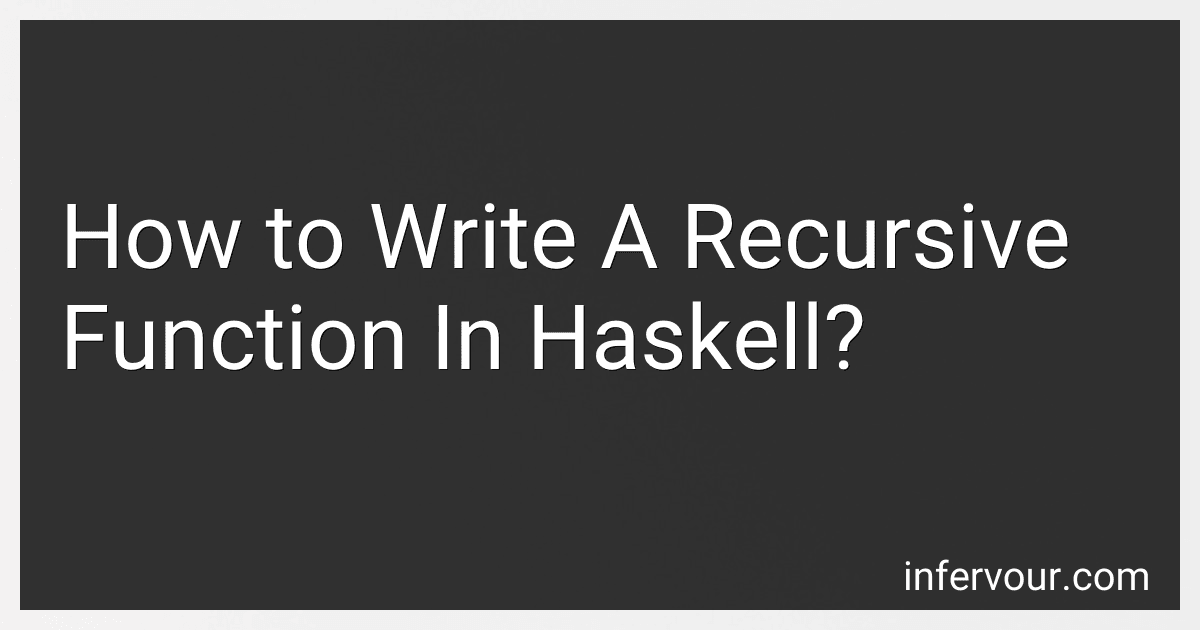infervour.com
-
 9 min readTo create a PDF file using native PHP, you can make use of the PDFlib library. Here's a step-by-step explanation of the process:Install PDFlib: First, download and install the PDFlib library from the official PDFlib website. Set up the environment: Next, ensure that PHP is configured correctly with the PDFlib module enabled. You can check this in the PHP configuration file (php.ini). Make sure the extension=pdf.so (Linux) or extension=pdf.dll (Windows) line is uncommented.
9 min readTo create a PDF file using native PHP, you can make use of the PDFlib library. Here's a step-by-step explanation of the process:Install PDFlib: First, download and install the PDFlib library from the official PDFlib website. Set up the environment: Next, ensure that PHP is configured correctly with the PDFlib module enabled. You can check this in the PHP configuration file (php.ini). Make sure the extension=pdf.so (Linux) or extension=pdf.dll (Windows) line is uncommented.
-
 4 min readIn PHP, you can use the unset() function to delete an empty array. The unset() function is used to unset a given variable or element in an array.To delete an empty array, simply call the unset() function and pass the array variable as the argument. This will remove the array from memory, freeing up the allocated space.Here's an example: $emptyArray = array(); unset($emptyArray); In the above code, we declare an empty array called $emptyArray.
4 min readIn PHP, you can use the unset() function to delete an empty array. The unset() function is used to unset a given variable or element in an array.To delete an empty array, simply call the unset() function and pass the array variable as the argument. This will remove the array from memory, freeing up the allocated space.Here's an example: $emptyArray = array(); unset($emptyArray); In the above code, we declare an empty array called $emptyArray.
-
 4 min readTo get simplexml attributes in PHP, you can use the "->attributes()" method provided by the SimpleXMLElement class.
4 min readTo get simplexml attributes in PHP, you can use the "->attributes()" method provided by the SimpleXMLElement class.
-
 6 min readTo create JSON files from PHP arrays, you can use the json_encode() function provided by PHP. This function converts a PHP array into a JSON formatted string.Here is an example of how you can create a JSON file from a PHP array: <?php // Sample PHP array $data = array( 'name' => 'John Doe', 'age' => 30, 'email' => 'john.doe@example.
6 min readTo create JSON files from PHP arrays, you can use the json_encode() function provided by PHP. This function converts a PHP array into a JSON formatted string.Here is an example of how you can create a JSON file from a PHP array: <?php // Sample PHP array $data = array( 'name' => 'John Doe', 'age' => 30, 'email' => 'john.doe@example.
-
 8 min readTo pass a PHP array to Vue.js, you can use AJAX to make an HTTP request to the server and retrieve the array as a JSON response. Once you have the JSON data, you can assign it to a Vue data property and access it in your Vue instance. Here is a step-by-step guide on how to achieve this:Create a PHP file with the logic to fetch and return the array as JSON. For example, let's assume your PHP file is named data.php: <?php // Assuming $array is the array you want to pass to Vue.
8 min readTo pass a PHP array to Vue.js, you can use AJAX to make an HTTP request to the server and retrieve the array as a JSON response. Once you have the JSON data, you can assign it to a Vue data property and access it in your Vue instance. Here is a step-by-step guide on how to achieve this:Create a PHP file with the logic to fetch and return the array as JSON. For example, let's assume your PHP file is named data.php: <?php // Assuming $array is the array you want to pass to Vue.
-
 6 min readTo set cell color using PHPExcel, you can follow these steps:First, include the necessary PHPExcel library files at the beginning of your script: require_once 'PHPExcel.php'; require_once 'PHPExcel/Writer/Excel2007.
6 min readTo set cell color using PHPExcel, you can follow these steps:First, include the necessary PHPExcel library files at the beginning of your script: require_once 'PHPExcel.php'; require_once 'PHPExcel/Writer/Excel2007.
-
 12 min readTo create a treeview category and subcategory structure in PHP and MySQL, you can follow these steps:Create a database table: Start by creating a table in your MySQL database to store the categories and subcategories. The table structure could be something like this: CREATE TABLE categories ( id INT PRIMARY KEY AUTO_INCREMENT, name VARCHAR(255) NOT NULL, parent_id INT DEFAULT NULL ); Insert data: Populate the table with some categorization data.
12 min readTo create a treeview category and subcategory structure in PHP and MySQL, you can follow these steps:Create a database table: Start by creating a table in your MySQL database to store the categories and subcategories. The table structure could be something like this: CREATE TABLE categories ( id INT PRIMARY KEY AUTO_INCREMENT, name VARCHAR(255) NOT NULL, parent_id INT DEFAULT NULL ); Insert data: Populate the table with some categorization data.
-
 7 min readTo include a PHP file with JavaScript, you can use an AJAX request or jQuery's $.ajax() method. Here is an example of how to do it:First, make sure you have the jQuery library included in your HTML file. You can download it from the jQuery website or include it from a CDN.Next, in your JavaScript code, you can use the $.ajax() method to make an AJAX request to the PHP file: $.ajax({ url: 'your-php-file.
7 min readTo include a PHP file with JavaScript, you can use an AJAX request or jQuery's $.ajax() method. Here is an example of how to do it:First, make sure you have the jQuery library included in your HTML file. You can download it from the jQuery website or include it from a CDN.Next, in your JavaScript code, you can use the $.ajax() method to make an AJAX request to the PHP file: $.ajax({ url: 'your-php-file.
-
 6 min readWorking with lists in Haskell is fundamental, as lists are one of the most commonly used data structures in the language. Here are the key aspects of working with lists in Haskell:Declaration: Lists in Haskell are declared by enclosing elements within square brackets [ ]. Elements within the list can be of the same type or different types, but all elements in a single list must have the same type.
6 min readWorking with lists in Haskell is fundamental, as lists are one of the most commonly used data structures in the language. Here are the key aspects of working with lists in Haskell:Declaration: Lists in Haskell are declared by enclosing elements within square brackets [ ]. Elements within the list can be of the same type or different types, but all elements in a single list must have the same type.
-
 6 min readIn Haskell, errors and exceptions are handled using a combination of the Maybe and Either types. These types provide a way to represent and handle errors in a functional manner.The Maybe type is used when a function can return a value or nothing (an error or exception). It has two constructors: Just a, which represents a successful result with the value a, and Nothing, which represents an error or exception.
6 min readIn Haskell, errors and exceptions are handled using a combination of the Maybe and Either types. These types provide a way to represent and handle errors in a functional manner.The Maybe type is used when a function can return a value or nothing (an error or exception). It has two constructors: Just a, which represents a successful result with the value a, and Nothing, which represents an error or exception.
-
 7 min readTo write a recursive function in Haskell, you can follow these steps:Define the base case: Start by defining the simplest case for which you can compute the result directly without recursion. This will serve as the termination condition for the recursion. Define the general case: Define the recursive case where the function calls itself with a modified input. This step builds upon the base case, allowing the function to handle more complex inputs.
7 min readTo write a recursive function in Haskell, you can follow these steps:Define the base case: Start by defining the simplest case for which you can compute the result directly without recursion. This will serve as the termination condition for the recursion. Define the general case: Define the recursive case where the function calls itself with a modified input. This step builds upon the base case, allowing the function to handle more complex inputs.